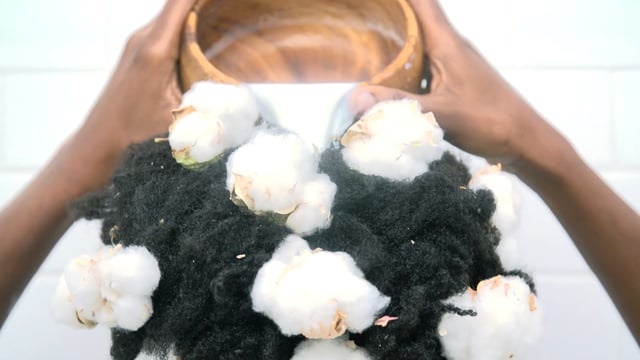Don't Touch My Hair, the ninth song off Solange Knowles third studio album quickly climbed the charts upon its release, late 2016. More than just a caution, a melodic how-to of navigating the politics of black women's bodies, Don't Touch My Hair also reinforced a physical and emotional boundary, erected by black women to protect ourselves from centuries of racial macro and micro-aggressions, and misogynoir.
Misogynoir is a term created by queer black feminist scholar, Moya Bailey, who coined the turn of phrase to address the particular kinds of misogyny directed towards black women, where both race and gender plays a factor.
There is no point in time in history where black hair has not been subject to prejudice, bias and politics of respectability. In this article, we look at a handful of artists and artworks that examine the politics of black hair.




 Publications
Publications
 Partners
Partners













